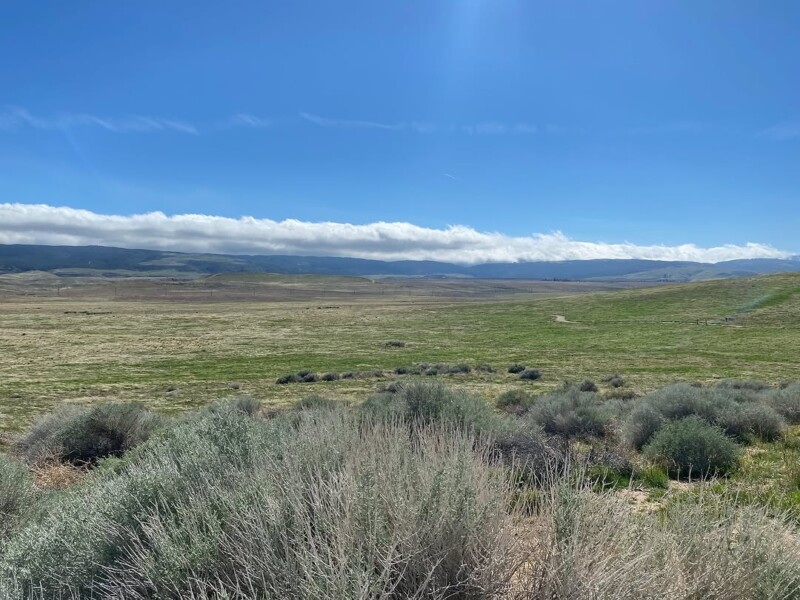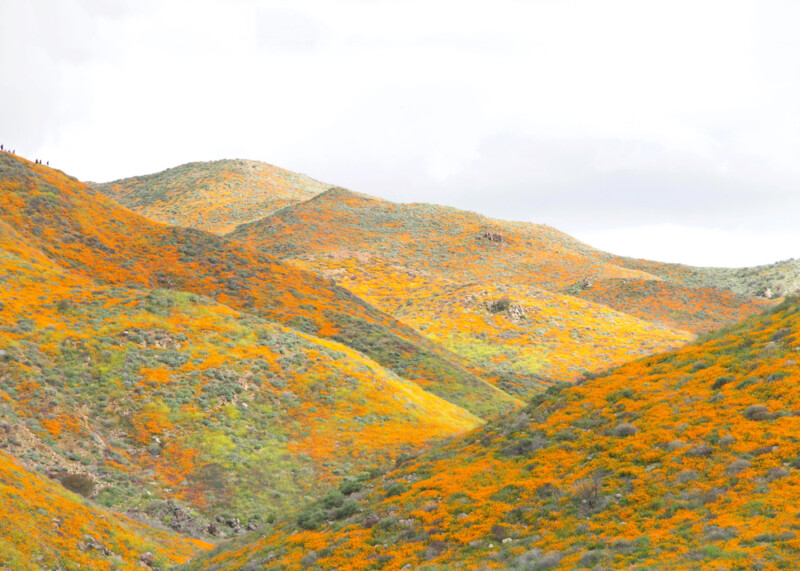California Superbloom Fails to Materialize for Photographers

Photographers flock to the hills of southern California for the superbloom that sometimes appears in spring. But this year, so far at least, has been a disappointment.
A state park ranger tells The Guardian that she can count the number of blooms she has spotted on two hands after surveying eight miles of rolling hills at the Antelope Valley California Poppy Reserve.
“We’re still waiting to see what kind of season we have,” says Callisa Turner. “It’s a very slow start.”

In 2023, an estimated 100,000 people turned up to poppy-peep around the small city of Lake Elsinore, which is about an hour southeast of Los Angeles.
The lack of bloomage is due to the specific conditions the wildflowers need to blossom. The rainfall came too late this year and the poppy reserve received less than one inch of rain this winter — far too little to germinate the seeds beneath ground.
Poppy seeds can linger beneath the soil for years, tucked away in what’s called a seed bank. These resilient seeds can remain viable for a decade — even as long as 60 years — patiently waiting for the perfect conditions to burst into vibrant bloom. Once they finally flower, their entire life cycle spans just three fleeting months.

Turner tells The Guardian that six inches of rain each year is the minimum requirement for the flowers to bloom. Anything more than 14 inches is too much. The wind also affects the seeds: too cold and the plants will grow without flowering; too hot and the flowers won’t appear either.
Fortunately there are live cams of the poppy reserve for budding photographers to check before setting out on a journey.
“Although the wildflower display may be small this year, these parks remain incredible destinations offering stunning landscapes, diverse wildlife, and plenty of outdoor recreation opportunities,” California State Parks writes in a press release.
“Despite the lack of wildflowers, one photographer affirms that it is “still a beautiful place to visit and shoot, regardless of the blooms.”
Source link


